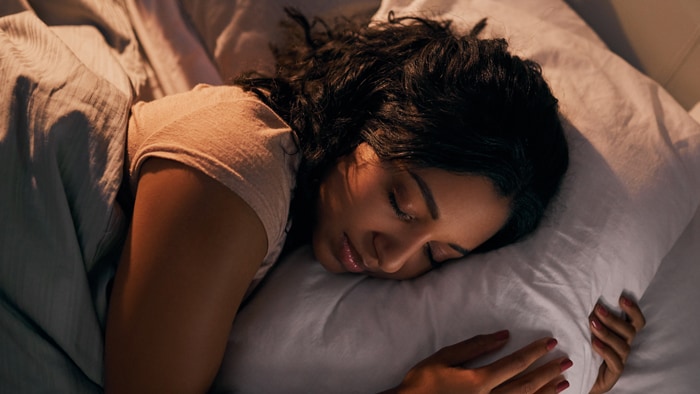Making the perfect bed
By Gina Roberts-Grey When it comes to getting a good night’s sleep, a number of factors like temperature can influence the quality and quantity of our sleep. But the right bedding can also be key. When we’re uncomfortable, too hot or too cold, even the most tired of us can have trouble getting to—and staying—asleep. Your comforter, blankets and sheets also can impact how well you sleep, according to Dr. Teofilo Lee-Chiong, professor at the University of Colorado and Chief Medical Liaison for Philips Respironics. “Selecting the right bed sheet, fabric, pillow and blanket are important and can be affected by the season of the year.” In fact, Dr. Michael L. Gelb, a sleep doctor based in New York said, how you make your bed could make or break your chances of getting a good night’s sleep—splurging on sheets with a high thread count, which generally are softer and less stiff, may help you sleep better. “High thread-count sheets are invariably more comfortable because they feel better on the skin,” Gelb said. The luxurious feeling may also help you feel pampered and relaxed, which can also bring on the z’s. In addition to the thread count, choose sheets made from cotton—it promotes air flow, which helps increase overall comfort. “Soft, breathable fabrics and layers are ideal for bedding materials,” Gelb noted. Rather than have one heavy comforter or quilt, Gelb suggested making the bed with several layers of cotton sheets and blankets, which can be drawn up or pulled back individually to better regulate temperature in bed. Your body’s internal alarm clock, called your circadian rhythm, sends signals to your brain that it’s time to go to bed and time to wake up, Rosenberg said. And research says taking naps creates a free-wheeling, irregular sleep schedule that throws off your body’s circadian rhythm because it’s not sure when it’s time to go to bed. The disruption in your body’s ability to regulate itself and know when to fall asleep shuffles your sleep patterns. “If you take naps at different times in the day, your body doesn’t get used to sleeping for six, seven or eight hours, then waking and being awake for 16 to 18 hours and then repeating that cycle,” Rosenberg said. So instead of helping you catch up on sleep, a nap essentially resets your body’s alarm clock and sleep cycle and can add to your trouble sleeping. But the simple act of giving yourself a bedtime and setting a sleep routine can help prevent the need to take a nap, Rosenberg said. “Unless you’re not feeling well, you shouldn’t feel sleepy during the day and have the urge to take a nap when you’re well-rested.” Fighting the urge to catch a quick catnap also increases the odds you’ll enjoy a deeper slumber night after night. So fight the head bobs and droopy eyelids with 5 to 10 minutes of physical activity. And get a better night’s sleep tonight.



